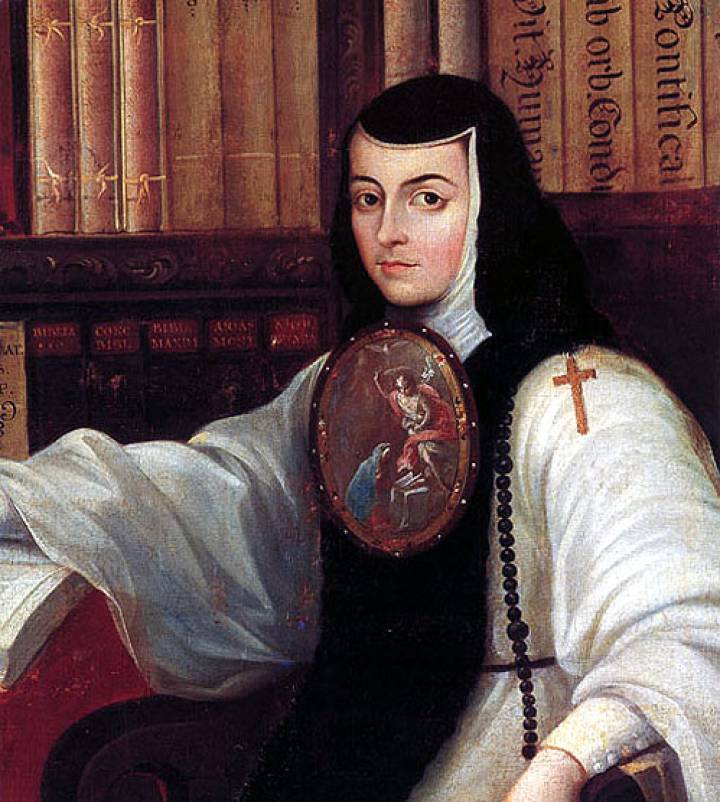

She came to new prominence in the late 20th century with the rise of feminism and women's writing, officially becoming credited as the first published feminist of the New World. Today, Sor Juana stands as a national icon of Mexican identity, and her image appears on Mexican currency. Sor Juana died in Mexico City, Mexico, on April 17, 1695. She defended the right of all women to attain knowledge and famously wrote (echoing a poet and a Catholic saint), "One can perfectly well philosophize while cooking supper," justifying her study of secular topics as necessary to understanding theology. Sor Juana responded with stunning self-defense.

With Sor Juana's growing renown, however, came disapproval from the church: In November 1690, the bishop of Puebla published (under the pseudonym of a nun) without her consent Sor Juana's critique of a 40-year-old sermon by a Portuguese Jesuit preacher, and admonished Sor Juana to focus on religious studies instead of secular studies.

Her most significant poem, "Primero sueño" ("First Dream"), published in 1692, is at once personal and universal, recounting the soul's quest for knowledge. Sor Juana's most important plays include brave and clever women, and her famous poem, "Hombres necios" ("Foolish Men"), accuses men of behaving illogically by criticizing women. Unlimited by genre, she also wrote dramatic, comedic and scholarly works-especially unusual for a nun. Juana employed all of the poetic models of her day, including sonnets and romances, and she drew on wide-ranging-secular and nonsecular-sources.
#Quien fue sor juana ines de la cruz full#
Sor Juana's enduring importance and literary success are partly attributable to her mastery of the full range of poetic forms and themes of the Spanish Golden Age, and her writings display inventiveness, wit and a wide range of knowledge. She also gained the patronage of the viceroy and vicereine of New Spain, and they supported her and had her works published in Spain. Juana had plenty of time to study and write in the convent, and she amassed a large library. Jerome) in Mexico City, where she remained cloistered for the rest of her life. She moved in 1669 to the Convent of San Geronimo (St. In 1667, owing to her desire "to have no fixed occupation which might curtail my freedom to study," Sor Juana began her life as a nun. Juana Inés de la Cruz was born out of wedlock in San Miguel Nepantla, Tepetlixpa - now called Nepantla de Sor Juana Inés de la Cruz in her honor - near Mexico City, circa November 12, 1651, when Mexico was still a Spanish territory. Sor Juana is heralded for her Respuesta a Sor Filotea, which defends women's rights to educational access, and is credited as the first published feminist of the New World. After taking her vows, Sor Juana read tirelessly and wrote plays and poetry, often challenging societal values and becoming an early proponent of women's rights. She began her life as a nun in 1667 so that she could study at will. Juana Inés de la Cruz's intelligence and scholarship became known throughout the country during her teen years. (1651-1695) Who Was Sor Juana Inés de la Cruz?


 0 kommentar(er)
0 kommentar(er)
